The leopard bush fish, also known as Ctenopoma acutirostre, is a small freshwater fish species that belongs to the family Anabantidae. This species is widely distributed throughout the rivers and streams of West Africa, including countries such as Nigeria, Cameroon, Ghana, and Ivory Coast. The leopard bush fish is known for its unique physical appearance and interesting behavior, making it a popular species among fish enthusiasts.
Physical Characteristics
The leopard bush fish has a distinctive appearance, with a cylindrical body that is elongated and flattened on the sides. They have a pointed snout and a large mouth that is positioned towards the top of the head, which allows them to breathe air directly from the surface. The leopard bush fish has a mottled pattern on its body, with dark spots and stripes that resemble the pattern of a leopard. Their coloration varies from light brown to dark brown, and their fins are usually a shade of red or orange.
The leopard bush fish is a relatively small species, with an average length of 6 inches (15 cm) in captivity. However, in the wild, they can grow up to 8 inches (20 cm) in length. Females tend to be slightly smaller than males, and both sexes have similar physical characteristics.
Habitat and Distribution
The leopard bush fish is found in a wide range of aquatic habitats, including slow-moving rivers, streams, and swampy areas. They prefer areas with dense vegetation and plenty of hiding places, such as fallen branches or leaf litter. In the wild, they can be found throughout West Africa, from the Niger River basin in Nigeria to the Volta River basin in Ghana.
Behavior
The leopard bush fish is a relatively peaceful species that can be kept in a community aquarium with other non-aggressive fish species. However, they can become territorial towards their own kind, especially during breeding season. In captivity, they are known to form pairs or small groups, with each fish having its own territory within the aquarium.
One interesting behavior of the leopard bush fish is its ability to breathe air directly from the surface. They have a specialized organ called the labyrinth organ, which allows them to extract oxygen from the air. This adaptation allows them to survive in poorly oxygenated water conditions, such as stagnant pools or swamps.
Diet
The leopard bush fish is a carnivorous species that feeds primarily on small invertebrates and small fish in the wild. In captivity, they can be fed a variety of live or frozen foods, such as bloodworms, brine shrimp, and small pieces of fish. They can also be fed commercial fish pellets or flakes, but it is important to supplement their diet with live or frozen foods to ensure they receive all the necessary nutrients.
Breeding
Breeding the leopard bush fish in captivity can be challenging, as they are known to be relatively shy and secretive during the breeding process. In the wild, they typically breed during the rainy season, when water levels rise and there is an abundance of food.
To encourage breeding in captivity, it is important to provide them with plenty of hiding places, such as caves or dense vegetation. The water temperature should be kept around 78-82°F (25-28°C), and the pH should be slightly acidic, around 6.5-7.0. The female will lay her eggs on a flat surface, such as a leaf or piece of wood, and the male will fertilize them. The eggs will hatch in about 3-4 days, and the fry will become free-swimming after about a week.
Conclusion
The leopard bush fish is a unique and interesting species that is well-suited for community aquariums with non-aggressive fish species. They have a distinctive appearance and interesting behavior, such as their ability to breathe air directly from the surface. They are relatively hardy and easy to care for, making them a good choice for beginner fish keepers.
It is important to note that the leopard bush fish can be sensitive to water quality, so regular water changes and proper filtration are essential to their health and well-being. They also require plenty of hiding places and vegetation to feel secure in their environment.
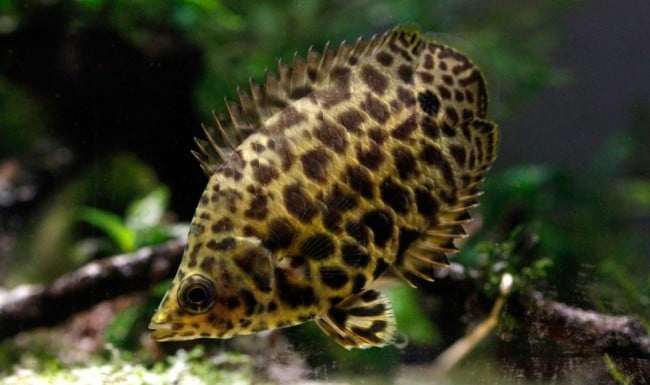
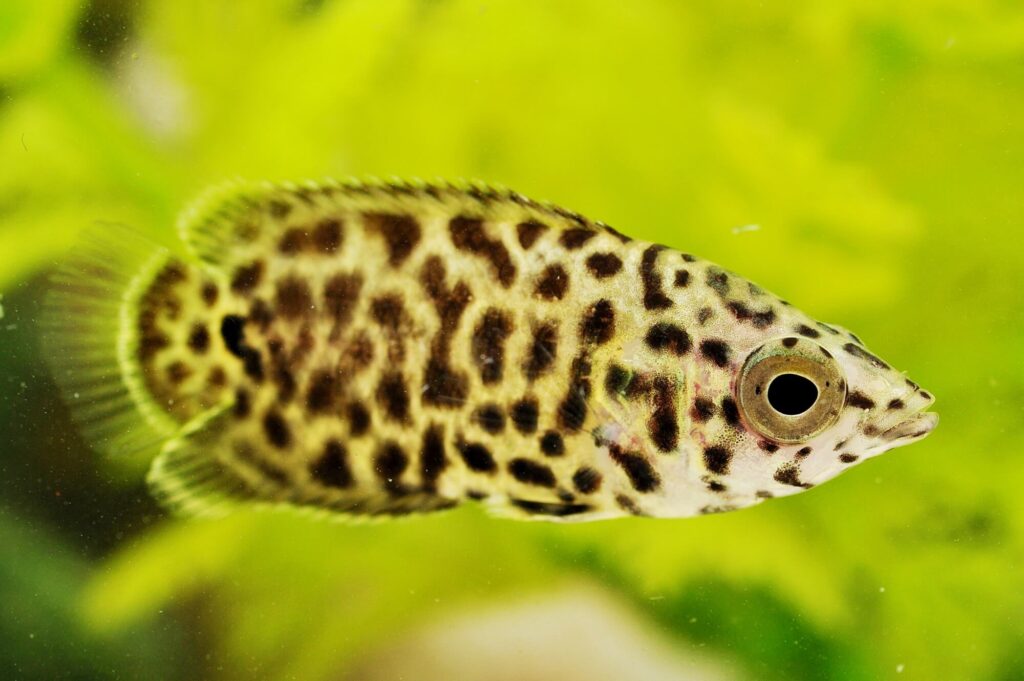
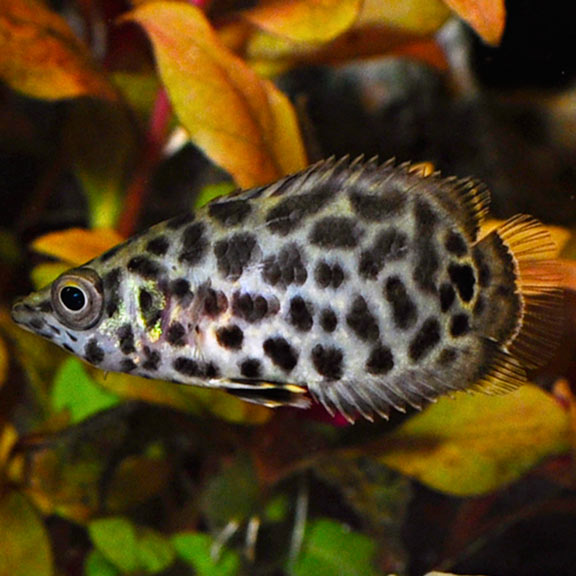
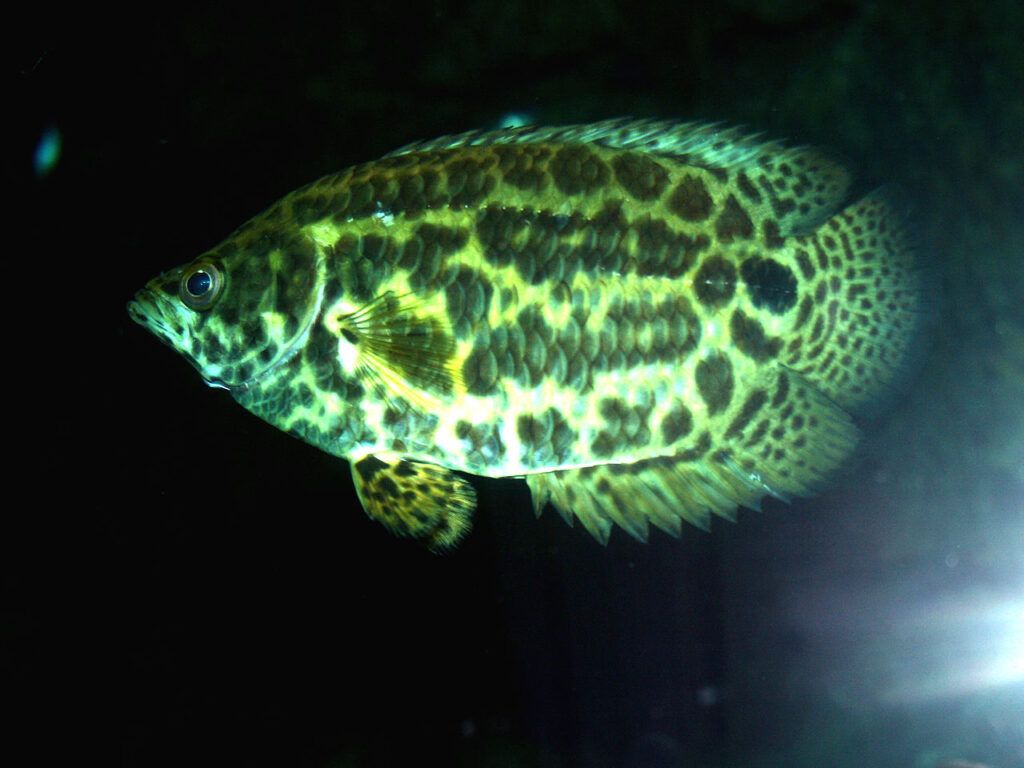
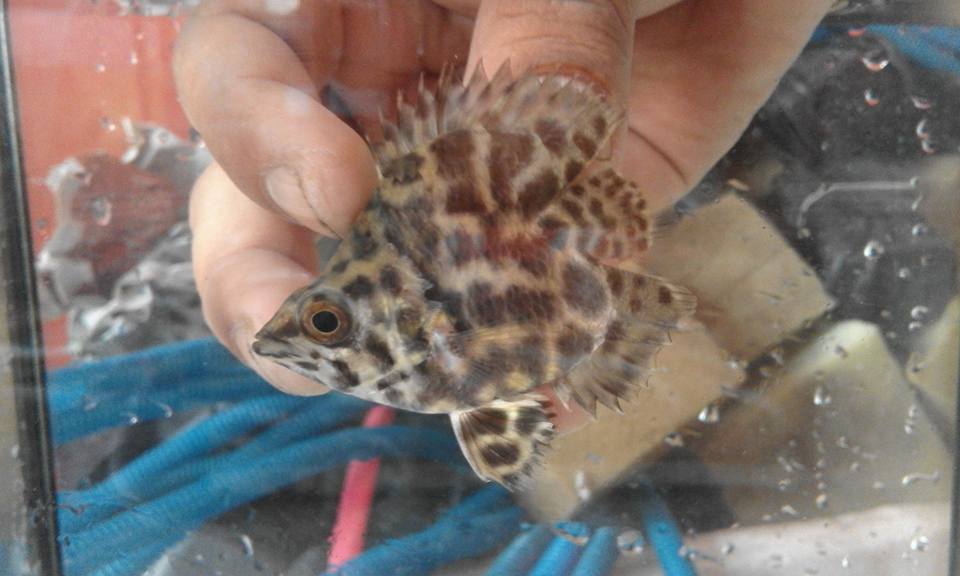
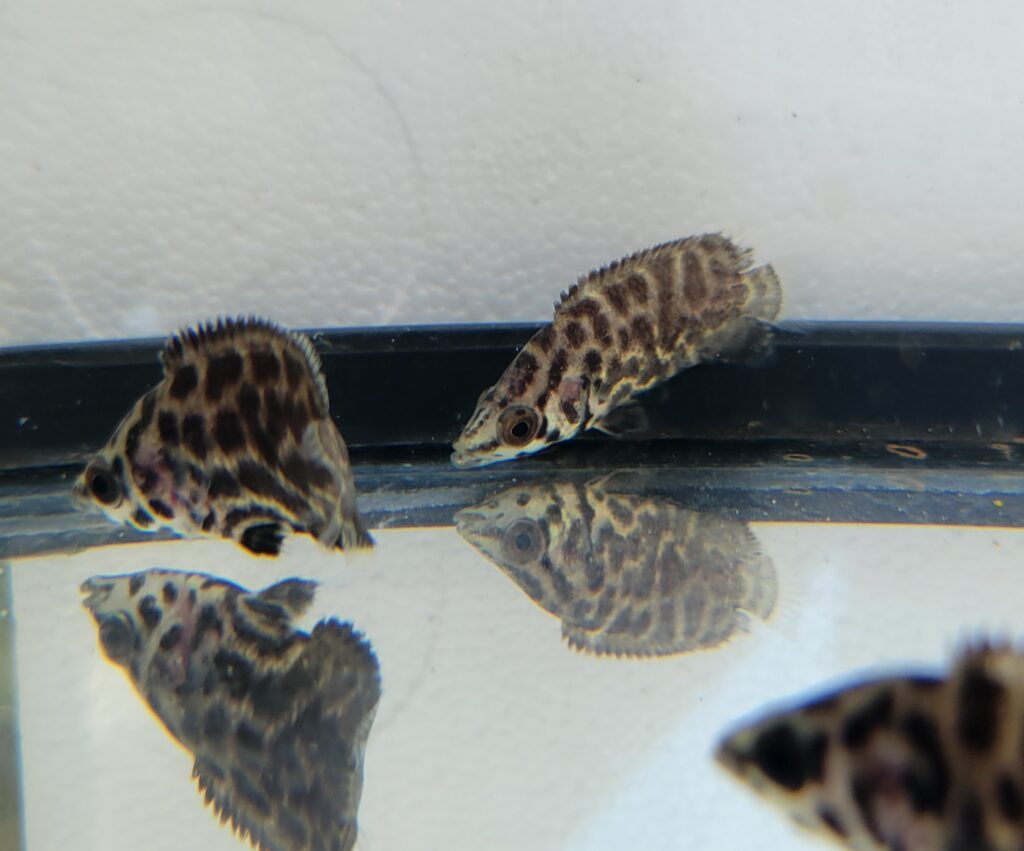
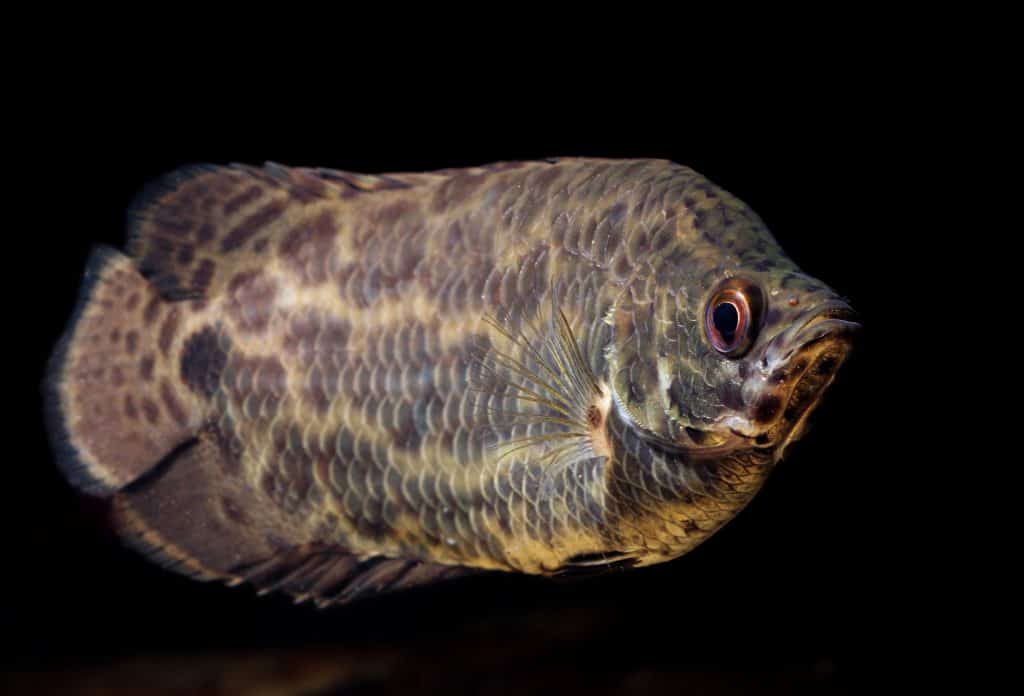
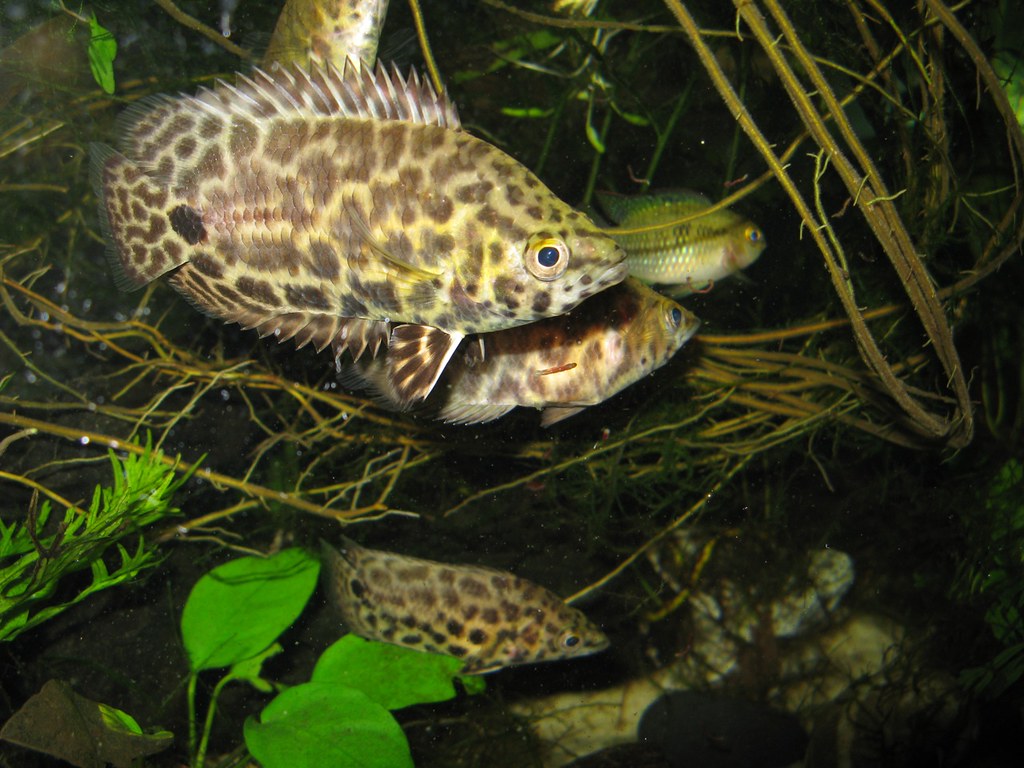
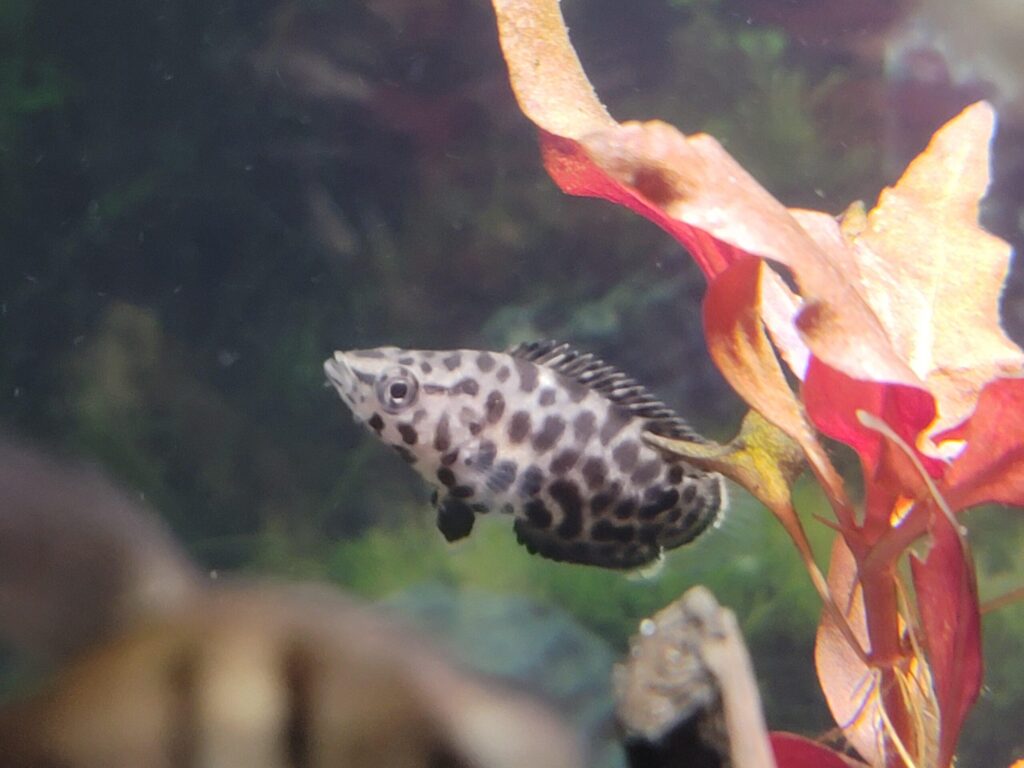
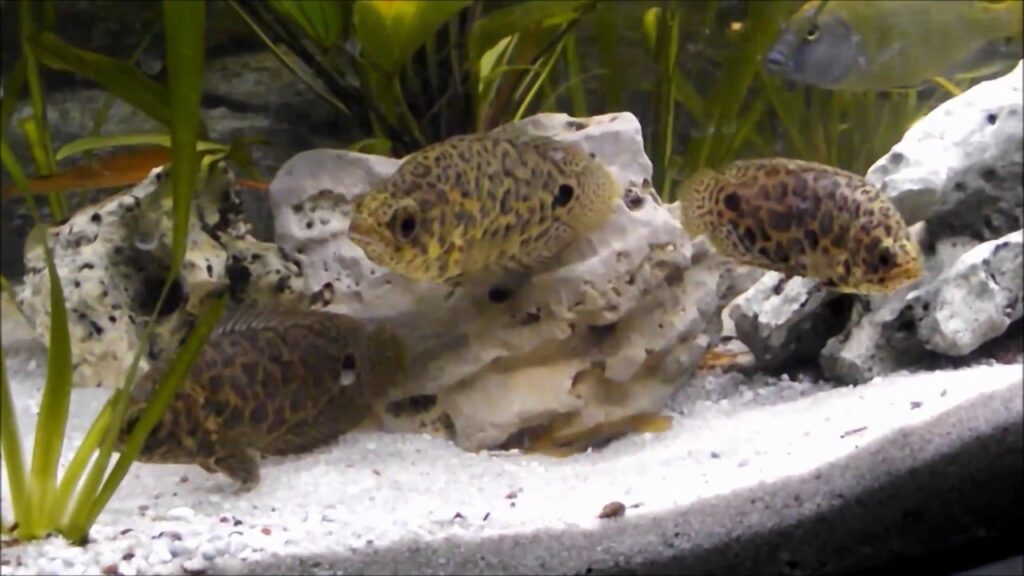
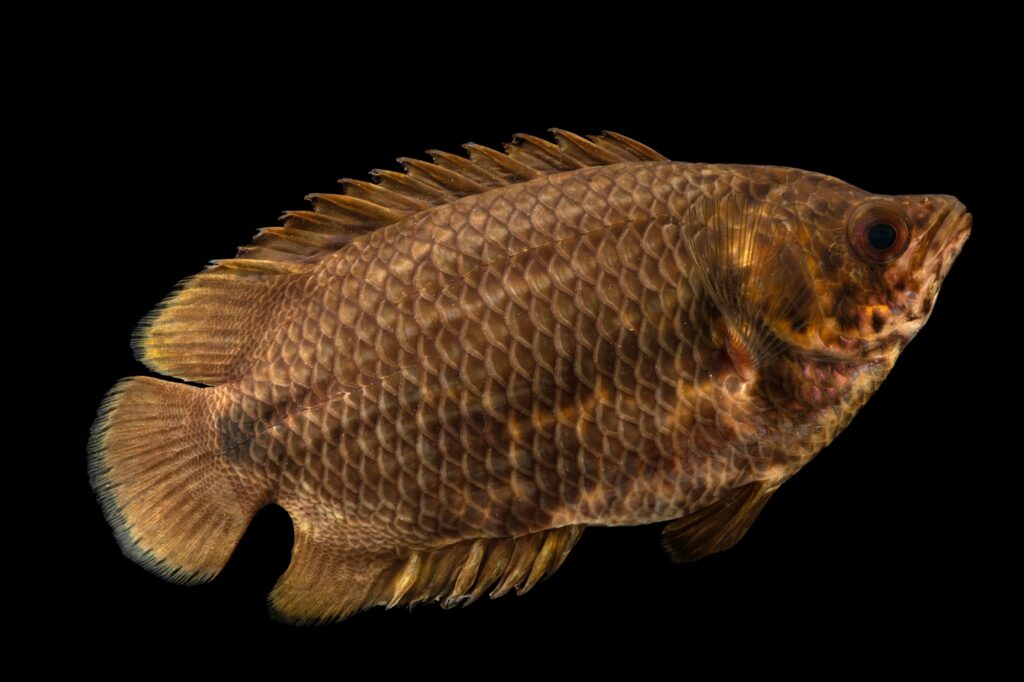
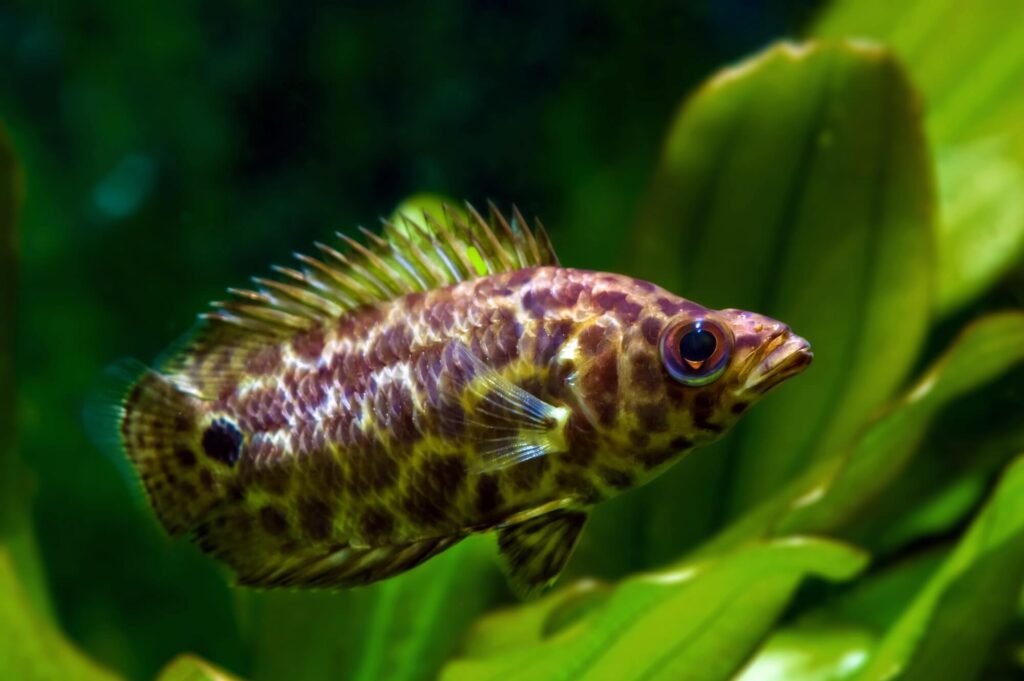
![]()
